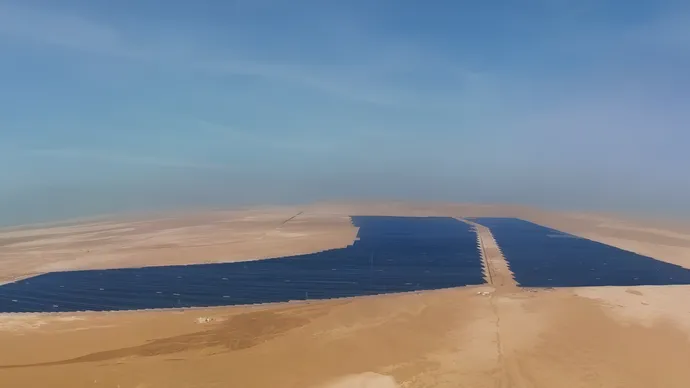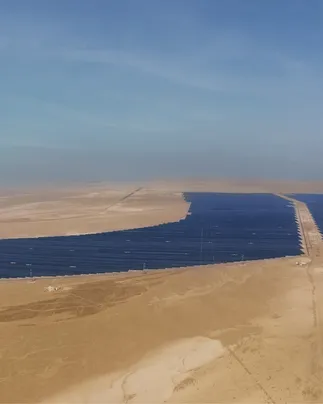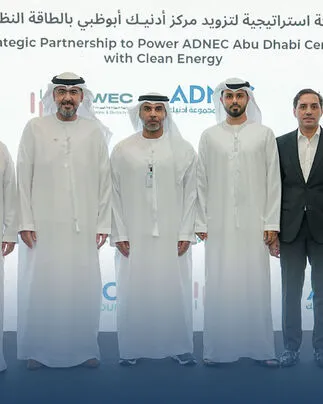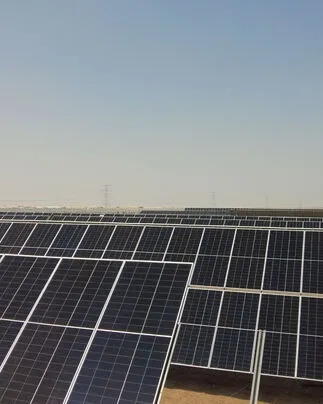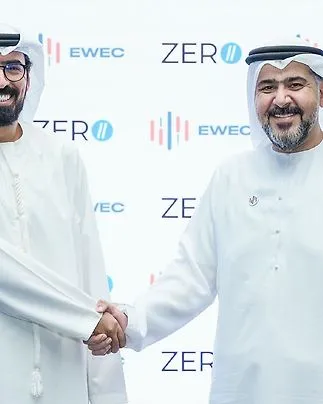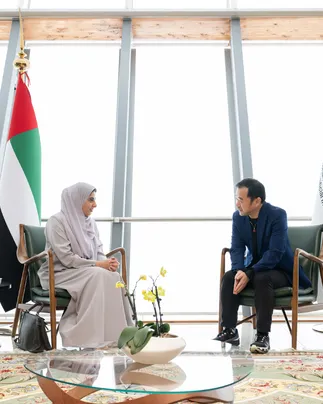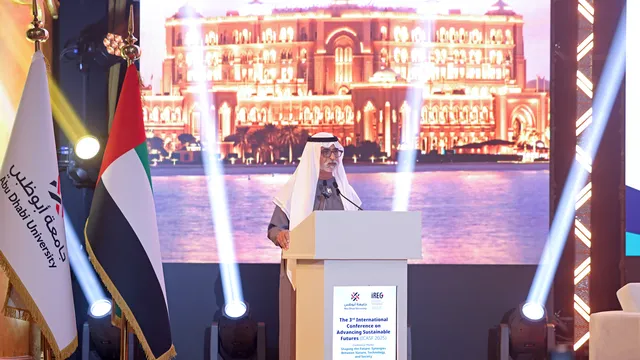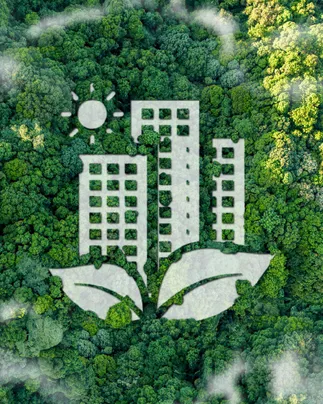The Load Despatch Centre (LDC) at EWEC plays a pivotal role in ensuring the continuity and efficiency of water and electricity network operations. This is achieved through the efficient management and coordination of production and transmission operations, thereby contributing significantly to the water and electricity security of the Emirate of Abu Dhabi and the wider UAE.
A Qualitative Shift in Integrated Management
In January 2022, the functions of the Load Despatch Centre were transferred from Abu Dhabi Transmission and Despatch Company (TRANSCO), now TAQA Transmission, to EWEC. This strategic move saw EWEC assume full supervisory responsibility for scheduling, load dispatch, production control, and the strategic planning and management of transmission and production systems. This transition opened new horizons for enhancing dispatch efficiency and achieving an optimal balance between supply and demand.
The LDC currently dispatch and oversees the operation of water and electricity production systems across 17 production plants. It also manages 166 high-voltage electricity transmission substations, and 52 high-pressure water pumping stations. Utilising the latest energy management and monitoring technologies, such as the Supervisory Control and Data Acquisition (SCADA) system and Generation/Energy Management Systems (GMS/EMS), the LDC enhances grid stability through its interconnection with local and regional networks.
A Pivotal Role in the Transition to Sustainable Energy
In line with the Abu Dhabi and UAE's efforts to transition to a more sustainable energy future, the LDC plays a key role in integrating renewable energy sources into the Abu Dhabi Power grid. This directly supports clean energy objectives and reduces reliance on traditional natural gas plants.
To ensure that system frequency and voltage remain within acceptable limits, the LDC performs the startup and shutdown of generation units, leveraging additional services available at stations and across the high-voltage network. By employing advanced applications and algorithms, the LDC operation system works to improve decision-making, optimising its generation fleet and enhance overall system efficiency, and maintain grid stability in collaboration with regional interconnection networks.
Advanced Strategies for Renewable Energy
EWEC is developing pioneering renewable energy projects, including solar and wind power, to support the Abu Dhabi Department of Energy’s (DOE – Abu Dhabi) Clean Energy Strategic Target 2035 for Electricity Production in Abu Dhabi . This strategic plan will enable 60 per cent of Abu Dhabi’s total energy demand from renewable and clean sources. However, given the variable nature of renewable energy, the LDC employs advanced grid management strategies to mitigate the intermittency of renewable energy such as solar and wind power. This includes developing capabilities and expertise in operating grid optimisation technologies such as Flexible AC Transmission Systems (FACTS), alongside advanced forecasting systems, Battery Energy Storage Systems (BESS), and sophisticated grid control systems, all designed to ensure operational stability.
Looking ahead, EWEC plans to further develop BESS projects to enhance system flexibility. This will contribute to increasing total solar power generation capacity to 10 gigawatts by 2030, with strategic plans expected to reduce the average carbon dioxide intensity from electricity generation by approximately 42% by 2030. The LDC, as the main part of the System Operator function at EWEC, plays a vital role in deploying and facilitating these projects effectively, supporting EWEC and the UAE government in achieving their strategic targets.
Challenges and Innovative Solutions for Water Management
In a region facing water resource scarcity, the LDC’s role in managing water production and pumping systems becomes crucial. It helps to meet Abu Dhabi’s growing needs and supports its economic development.
EWEC is developing world-class, low-carbon reverse osmosis desalination plants to decouple water desalination from electricity generation. EWEC forecasts a 30 per cent increase in desalinated water production, with new plants providing 1.32 million cubic metres daily, which will reduce carbon intensity in water production by around 93 per cent by 2031. EWEC recommends increasing investment in reverse osmosis plants to bring total water production capacity using this technology to more than 3.5 million cubic metres daily by 2031, thereby meeting 92% of the expected total demand.
Efficiency and Reliability of Transmission Systems Management
The LDC is integral to the real-time management of water and electricity transmission systems, continuously monitoring demand and the operational status of all stations. It employs advanced programmes and real-time data to track changes in consumption patterns and available generation capacity.
Based on forecasts, the LDC prepares schedules for generation units, including determining which generation unit in the whole fleet (more than 100 units) will be operated or shut down and their production levels, selecting the most cost-effective generators to meet current demand. It also focuses on short-term planning and ensuring reliability by coordinating preventive and emergency maintenance, conducting transmission network studies, and preparing short-term and seasonal supply and demand forecasts, all while ensuring compliance with supplies’ reliability standards.
Future Challenges and Strategic Response
As network complexity increases and renewable energy sources are integrated, the LDC is advancing mechanisms to ensure generation stability. Furthermore, population growth and urban expansion demand improved resource efficiency and the development of robust expansion plans.
To address these demands, the LDC adopts advanced digital strategies, including artificial intelligence and predictive analytics. This is complemented by national workforce training programmes and significant investment in BESS and smart grids.
Through these efforts, the LDC supports Abu Dhabi and the UAE's goals in sustainability and emissions reduction through improving operational efficiency and smart long-term planning. It achieves this by combining technical efficiency, innovation, and a strategic orientation towards sustainability, thereby contributing to the vision of building a clean, secure, and prosperous future for the coming generations.


